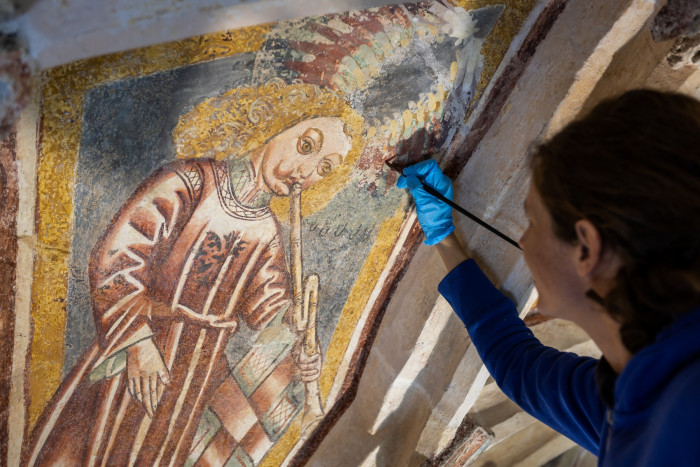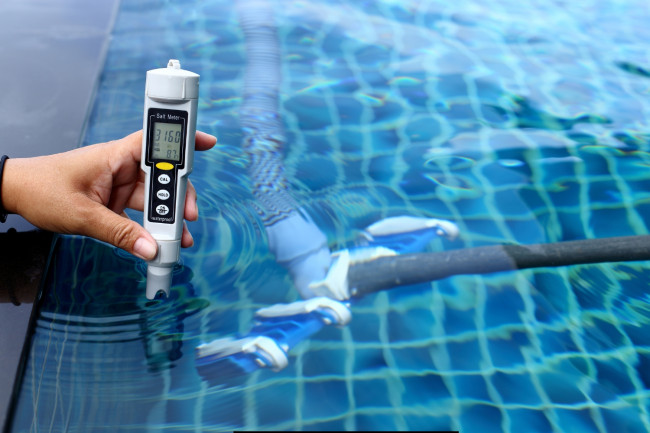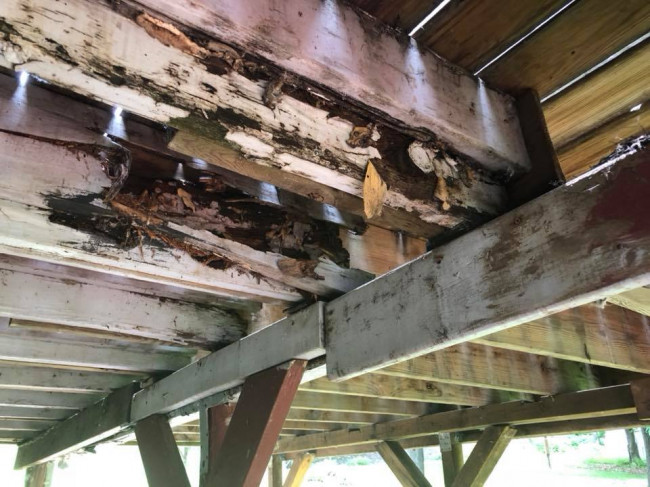
Introduction
In a world dominated by smartphones and digital cameras, preserving memories has become an essential aspect of our lives. Old, faded, and damaged images sometimes have sentimental significance, causing people to look into do-it-yourself (DIY) photo restoration as a way of reliving cherished memories. While the temptation of doing things one's own way is strong, it's important to understand why DIY picture restoration isn't always the best option. This essay looks into the complexities of photo restoration, revealing the obstacles and traps that DIY enthusiasts may face along the road.
The Complexity of Photo Restoration
Photo restoration is a complex procedure that requires more than just adding filters and tweaking brightness and contrast. Photographs deteriorate over time due to a variety of causes such as light exposure, humidity, and physical damage. Furthermore, damage can range from color fading and stains to rips and wrinkles. Effective restoration necessitates a thorough grasp of several processes, including color correction, cloning, and retouching, which may be beyond the capabilities of a beginner DIY enthusiast.
Understanding the Limitations of DIY Tools
The digital era has resulted in a multitude of DIY equipment and software aimed at simplifying photo restoration. While these tools are useful for minor touch-ups, they sometimes lack the sophistication necessary for complex restoration work. Automated features may be unable to distinguish tiny differences in color, texture, or detail, resulting in unsatisfactory outcomes. Professional picture restorers have the skills to painstakingly handle each area of damage, resulting in a more polished and accurate restoration.
Preserving the Authenticity of Originals
One of the fundamental aims of picture restoration is to maintain the authenticity and integrity of the original image. DIY enthusiasts may unintentionally jeopardize this authenticity by overuse of automated tools or unsuitable practices. Professional photo restorers are trained to achieve a careful balance between restoration and preservation, ensuring that the end product captures the essence of the original image.
Skill and Experience Matter
Photo restoration is an art form that demands both technical expertise and creative sensitivity. Achieving a seamless restoration needs more than just following a set of instructions; it also necessitates a grasp of color theory, composition, and historical contexts. Professional restorers get considerable training and years of experience, allowing them to make informed judgements regarding the best strategy for each individual restoration project. DIY enthusiasts may become overwhelmed by the complexity that emerges throughout the repair process.
Risk of Further Damage
DIY enthusiasts may unwittingly cause further damage when attempting to restore an image. Without the necessary expertise and experience, well-intentioned attempts might do lasting damage. Mishandling digital restoration tools, using ineffective approaches, or underestimating the degree of involvement necessary can all accelerate the degeneration of the original photos Restoration. Entrusting the restoration to a professional reduces the possibility of unforeseen repercussions, ensuring that cherished memories are preserved rather than jeopardized.
Time and Patience: The Unseen Investment
Photo restoration is a painstaking and time-consuming procedure that requires patience and attention to detail. DIY enthusiasts may misjudge the amount of time and work necessary, resulting in frustration and poor outcomes. Professional picture restorers take the time to properly examine and resolve each area of damage, using a degree of detail and accuracy that a novice may struggle to match.
Economic Considerations
While DIY picture restoration may appear to be a low-cost option, the costs of software, instructions, and avoidable blunders may soon mount up. Professional picture restoration services, while initially expensive, deliver a substantial return on investment in the shape of carefully repaired photographs that survive the test of time. Given the possible hazards and time investment involved with DIY alternatives, hiring professionals may be a more cost-effective long-term option.
The Importance of Professional Expertise
Professional picture restoration services provide knowledge and quality that DIY solutions may fail to match. These specialists have the expertise, abilities, and equipment required to properly negotiate the challenges of picture restoration. Their ability to combine technical expertise with creative intuition produces a restoration that not only repairs damage but also improves the image's overall visual attractiveness.
Advanced Color Correction
One of the hurdles in DIY picture restoration is precisely reproducing a photograph's original colors. Professional restorers use extensive color correcting procedures that extend beyond basic changes. They methodically analyze the color spectrum, accounting for issues like fading, discoloration, and age-related color casts. This degree of detail guarantees that the restored shot not only catches the brilliance of the original, but also preserves the subtleties and nuances that automated methods may miss.
Digital Reconstruction and Enhancement
When parts of an image are missing or severely damaged, specialists apply advanced digital reconstruction techniques. This entails duplicating details, textures, and even entire areas of an image to blend in with the original. Unlike DIY procedures that may use general cloning or patching, professional restoration ensures that recreated components blend in with the surrounding sections, keeping the composition's integrity.
Time and Patience:
Photo restoration requires a significant amount of effort and care. Professionals spend hours methodically working on each aspect to ensure a perfect outcome. DIY enthusiasts may misjudge the time commitment required, resulting in hasty and substandard results. Impatience can lead to missed details or hurried judgements, jeopardising the restoration's integrity.
Risk of Further Damage:
Well-intentioned DIY efforts can inadvertently cause additional harm to a photograph. Incorrect use of editing tools, improper handling of fragile prints, or lack of understanding regarding preservation methods can lead to irreversible damage. Entrusting the restoration process to a professional minimizes the risk of exacerbating existing issues.
Conclusion: Navigating the Restoration Landscape
In the huge terrain of picture restoration, the professional's touch is needed. While DIY enthusiasts may have good intentions when embarking on restoration projects, the complexity involved needs a degree of skill that only experts can provide. The progress of restoration techniques, along with the artistry inherent in the process, emphasizes the importance of entrusting beloved memories to experienced hands.
As people traverse the world of picture restoration, knowing the complexities, limitations, and professional options becomes increasingly important. The decision to use expert picture restoration services is more than simply an investment in image repair; it is a dedication to preserving the essence, authenticity, and emotional resonance of the past. Photographs, in the hands of professional restorers, transcend time and emerge as timeless objects that continue to convey tales for future generations.
















